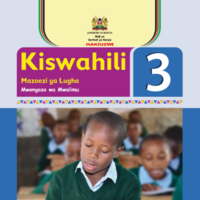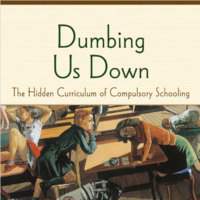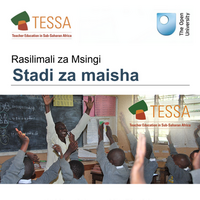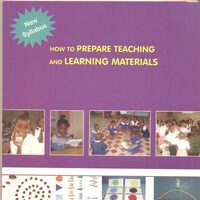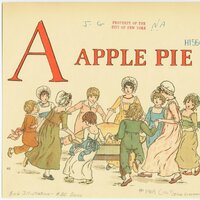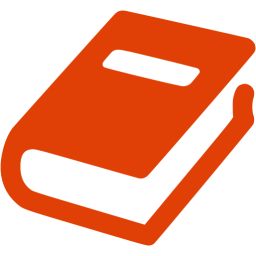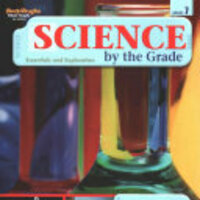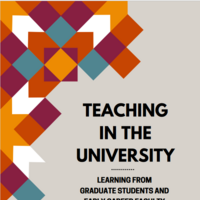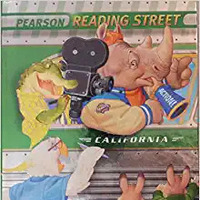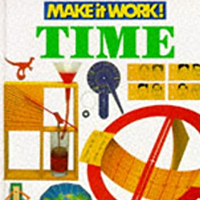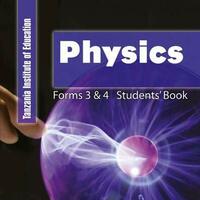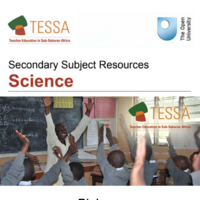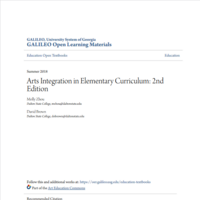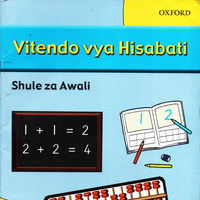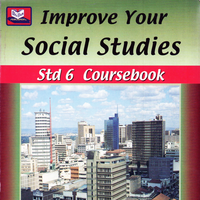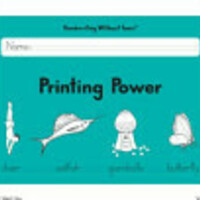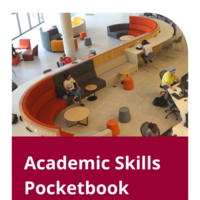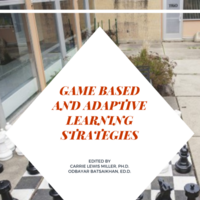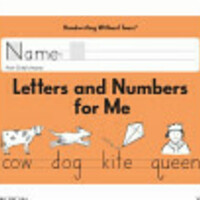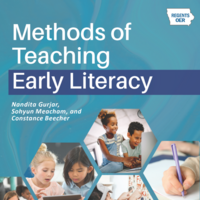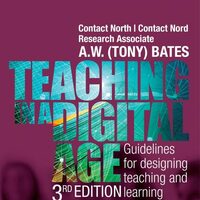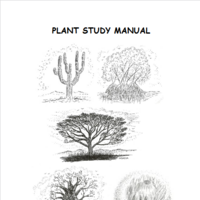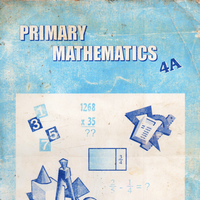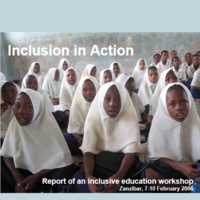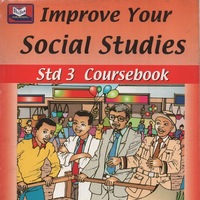Search
Books+
Searching 1,730 books
Search related to the career Teacher
Formative Assessment:
Teachers use formative assessments to gather ongoing information about students' understanding and progress. These assessments are typically conducted throughout the learning process and provide immediate feedback to both teachers and students. Examples of formative assessments include quizzes, class discussions, exit tickets, and observations.
Summative Assessment:
Summative assessments are used to evaluate students' learning at the end of a unit, course, or academic year. These assessments are often more formal and may include tests, projects, presentations, or portfolios. Summative assessments provide a comprehensive overview of students' knowledge and skills.
Standardized Testing:
Standardized tests are designed to measure students' performance against a predetermined set of criteria. These tests are administered uniformly to all students and can provide a standardized measure of student progress. Examples of standardized tests include state assessments, college entrance exams, and international assessments like the PISA.
Observations:
Teachers observe students' behavior, participation, and engagement in the classroom to assess their progress. By observing students' interactions, work habits, and level of understanding, teachers can gain valuable insights into their learning progress.
Portfolios:
Portfolios are collections of students' work samples that demonstrate their progress over time. These can include assignments, projects, essays, artwork, or other artifacts that showcase students' learning and growth. Teachers assess portfolios by evaluating the quality, depth, and progression of the work.
Peer Assessment:
Peer assessment involves students evaluating the work of their classmates. This process encourages students to develop critical thinking skills and provides them with a different perspective on their own progress. Teachers may guide and structure peer assessment activities to ensure fairness and accuracy.
Self-Assessment:
Self-assessment allows students to reflect on their own learning and progress. By evaluating their strengths, weaknesses, and areas for improvement, students become more self-aware and take ownership of their learning. Teachers may provide rubrics or guiding questions to support students in their self-assessment process.
Feedback:
Teachers provide feedback to students to inform them of their progress and guide their learning. Feedback can be given orally, in written form, or through digital platforms. It highlights areas of strength and areas that need improvement, helping students understand their performance and make necessary adjustments.
Grades:
Grades are a common way for teachers to assess student progress. They provide a summary of students' performance based on various assessments and criteria. Grades can be based on a percentage scale, letter grades, or a mastery-based system, depending on the educational context.
Rubrics:
Rubrics are scoring guides that outline the criteria and expectations for an assignment or task. They help teachers assess student progress by providing clear standards and benchmarks. Rubrics can be used for various types of assessments, such as essays, presentations, or projects, and ensure consistent and fair evaluation.
Source: Various AI tools
Teachers
Professors
Curriculum
Activity book
Test prep
Academic
Books tagged academic
Searched in English.
